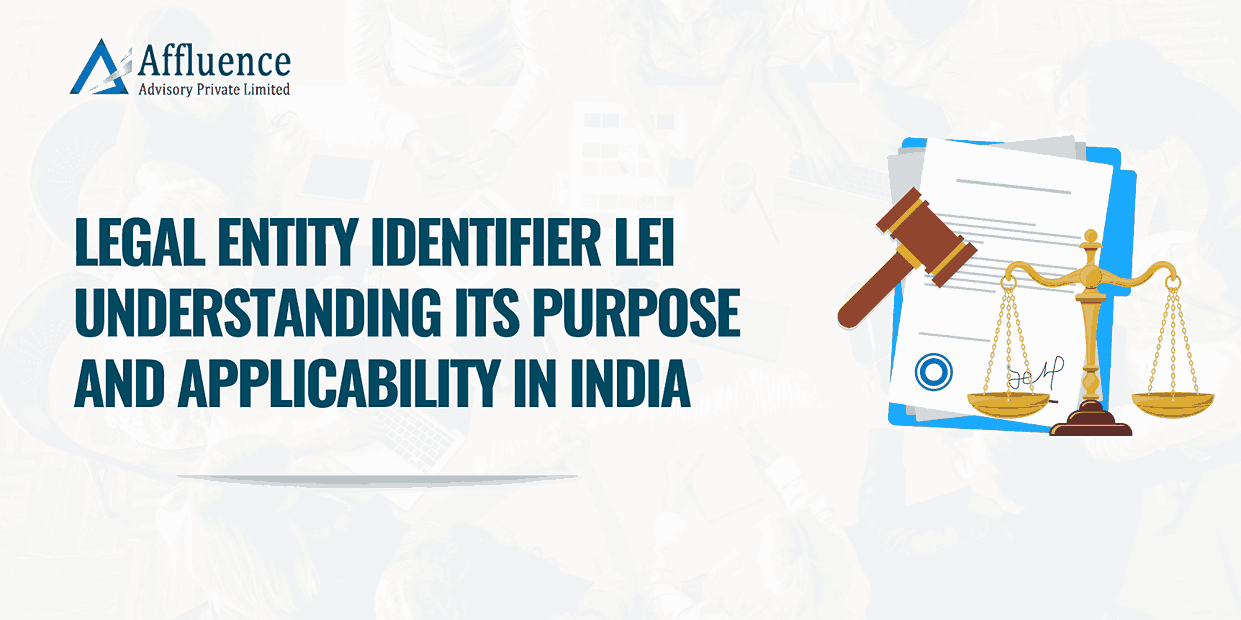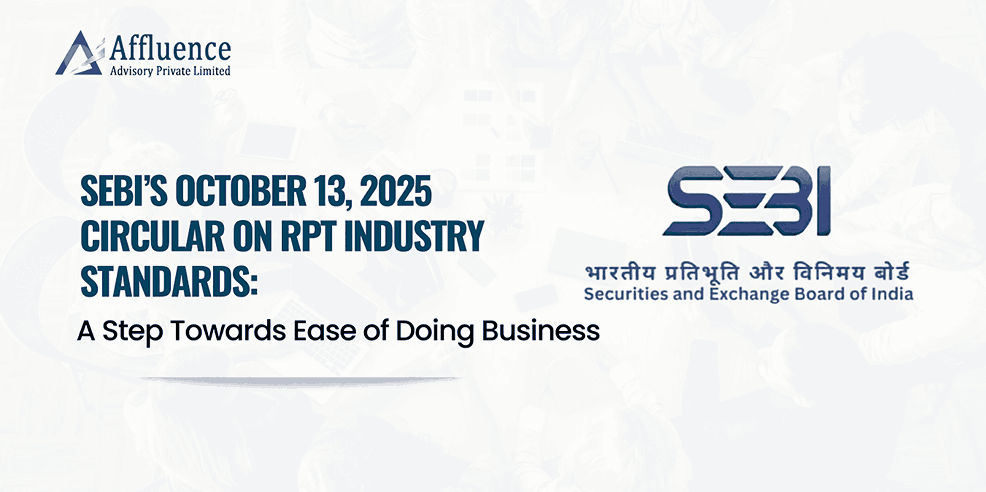- ESOPs (Employees Stock Ownership Plans or Employees Stock Option Plans) are the benefit plans for the betterment of employees, in which the employees get options to purchase the shares of the Company subject to such terms as per the ESOP plan.
These options are issued by companies to employees for various motives:
- such as offering a sense of ownership and engagement to employees
- retention and recruitment of employees,
- Increase in the performance and motivation of employees,
- Succession planning, tax benefits, capital formation and financing, etc.
Nowadays, the ESOPs is proven to be among the brightest benefit schemes/plan for retaining employees in the organization for the long term, as employees are one of the key factors for the success of a company or business.
- Sweat Equity is the equity shares issued by the Company generally to compensate for the efforts put in by the employees. It is also commonly used to purchase the nature of intellectual property rights or know-how or value additions made by the key employees to the Company.
Read Also ….Employee Stock Option Plan (ESOP) and its taxability
The Key Differences between ESOPs and Sweat Equity are mentioned in the below table:
|
Particulars |
ESOPs |
Sweat Equity |
|
Governing Section |
Unlisted and Listed Companies: Section 2(37) & 62(1) (b) of the Companies Act, 2013 read with the relevant Companies Rules made thereunder. Listed Companies: SEBI (Share Based Employee Benefits and Sweat Equity) Regulations, 2021. |
Unlisted and Listed Companies: Section 2(88) & 54 of the Companies Act, 2013 read with the relevant Companies Rules made thereunder. Listed Companies: SEBI (Share Based Employee Benefits and Sweat Equity) Regulations, 2021 |
|
Meaning |
Employee Stock Ownership Plan or Employee Stock Option Plan (ESOP) is a type of employee benefit plan designed to incentivize employees by providing them an option to have ownership in the company’s stocks. Employees can encash these stocks after a specific period at a pre-determined value subject to the terms of the plan. |
An Employee having special knowledge or skills that help the company to grow its business through their non-monetary contributions such as IPR, Know-how, etc., and to reward such key hard-working employees and also giving them financial assistance and sense of ownership at the same time, the Company issues and allots the stocks to such employee, such shares are called as Sweat equity shares. |
|
Nature |
In ESOPs, the employees are given the Option to purchase equity shares of the Company as per the ESOP plan. The allotment of Options is termed as Grant of Options. |
The Sweat equity shares can be issued without a direct monetary exchange. In such cases, they might be exchanged for assets such as intellectual property rights. |
|
Eligibility |
Permanent Employees of the Company who is working in or outside India; Director; or Employees or Director of holding and subsidiary Company. Excluding:
Note: The Above exclusions are not applicable in case of a start-up company recognized by DIPP up to 10 years from the date of registration or incorporation. |
Permanent Employees of the Company who is working in India or outside India; Director; or Employees or Director of holding and subsidiary Company. |
|
Pricing |
At the time of grant of Options, the Fair Value of shares must be determined by the Registered Valuer. |
The Fair Value of Sweat Equity shares must be evaluated by the Registered valuer at the time of issue. |
|
Consideration |
ESOPs must be purchased with cash. |
Sweat Equity can be issued for cash at a discount or other than cash consideration. |
|
Lock in Period |
No lock-in period. At the discretion of the Company. |
Minimum 3 years from the allotment of shares, helps in retention strategy |
|
Maintenance of Register |
From SH-6 |
Form SH-3 |
|
Stages |
An ESOP usually goes through the following stages: Grant -> Vesting -> Exercise -> Allotment |
There is no such stage in Sweat Equity |
|
Disclosures in Board report |
Unlisted and Listed Companies: Disclosure as per Rule 12 (9) of Companies (Share Capital and Debentures) Rules, 2014, is required to be provided. Listed Companies: Disclosure as per Part F of Schedule I of SEBI (Share Based Employee Benefits and Sweat Equity) Regulations, 2021 wherever applicable. |
Unlisted and Listed Companies: Disclosure as per Rule 8 (13) of Companies (Share Capital and Debentures) Rules, 2014, is required to be provided. Listed Companies: Disclosure as per Part F of Schedule I of SEBI (Share Based Employee Benefits and Sweat Equity) Regulations, 2021 wherever applicable |
|
Benefits treated as Managerial Remuneration |
ESOPs granted by the company to its directors will be regarded as managerial remuneration for the purposes of Section 197 of the Act and Regulation 17 of the SEBI (Listing Obligations and Disclosure Requirements) Regulations, 2015 (“Listing Regulations”) |
The amount of sweat equity shares issued shall be treated as part of managerial remuneration for the purposes of sections 197 and 198 of the Act, if the following conditions are fulfilled, namely.-
|
|
Restriction on the Size of the issue |
The company has no restrictions for issuing or granting ESOPs. |
The company cannot issue sweat equity shares in excess of 15% of the already existing paid-up equity share capital in a particular year or shares of the issue value of Rs. 5 Crore, whichever is higher. Also, the sweat equity shares in the company should not be issued more than 25% of the paid-up equity capital of that company at any time. |
Conclusion:
The employees of the company are the important element for the successful operation of the company, both ESOPs and Sweat equity compensation can be valuable tools for aligning employee interests with company goals and fostering a culture of ownership. The choice between ESOPs and equity compensation depends on factors such as the company’s objectives, financial resources, corporate culture, and desired level of employee engagement and participation in ownership. Ultimately, companies should carefully evaluate the trade-offs and considerations associated with each option to determine the most suitable approach for their unique circumstances.
Disclaimer: This article provides general information existing at the time of preparation and we take no responsibility to update it with the subsequent changes in the law. The article is intended as a news update and Affluence Advisory neither assumes nor accepts any responsibility for any loss arising to any person acting or refraining from acting as a result of any material contained in this article. It is recommended that professional advice be taken based on specific facts and circumstances. This article does not substitute the need to refer to the original pronouncement
CLICK HERE DOWNLOAD PDF











